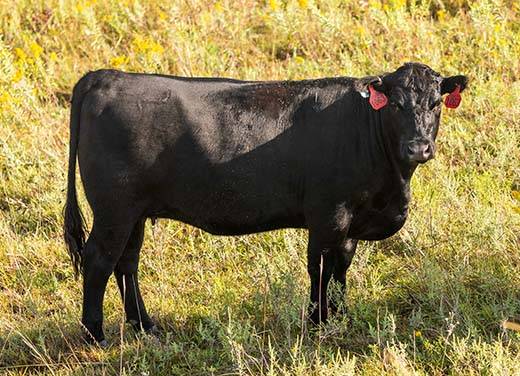
Early fall is a good time to assess the body condition of spring calving cows. | Download this photo.
Cattle Chat: Factors influencing cow supplementation pre- and post-weaning
Cow body condition important in planning the herd's post-weaning management
September 14, 2021
MANHATTAN, Kan. — A well-balanced diet is important in human’s overall health plan.
Similarly, just as our caloric needs adjust throughout the life cycle, nutritional fluctuations happen in the beef cow, said the experts at Kansas State University’s Beef Cattle Institute on a recent Cattle Chat podcast.
“Right after weaning, the beef cow’s energy requirements are low,” said veterinarian and BCI director Brad White.
Fellow veterinarian Bob Larson suggested the first step in making a nutrition plan for the cowherd is to assess the body condition of the cows.
“By knowing the body condition, producers can either get by with minimal supplementation for cows in good nutritional shape, or if they are thin, this is a good time to add weight on them while they are in mid-gestation and not lactating,” Larson said.
For thin cows, beef cattle nutritionist Phillip Lancaster said the most economical way to add weight is by turning them out on grass while it is still available.
“Aside from the inconvenience of hauling hay and cost of feeding supplements later in the winter, by waiting to supplement the cows in the last trimester of their pregnancy, producers will have less time to ensure that cows reach a desired body condition by calving,” Lancaster said.
However, he added, from an efficiency standpoint, research has shown that adding body condition in late lactation is improved over that of a non-lactating, or dry, cow.
“If you can separate the thin cows and their calves and feed them away from the other cows in the herd, that can be an advantage, but it also takes more work to manage that system,” Lancaster said.
White added that the management strategy will be dependent on several factors on the operation, one of which is access to the cows.
“Logistically, it may be easier to add weight on the cows after weaning,” he said.
To hear more of this discussion, listen to the Cattle Chat podcast online.

